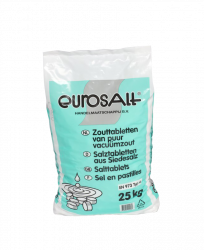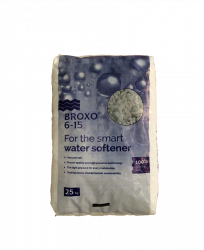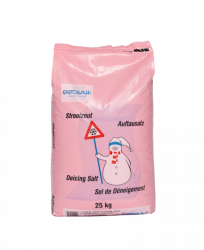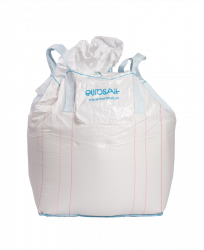Salt in The Hague
The Hague is the capital of the province of South Holland and with 526,439 inhabitants (30 April 2017, source: CBS) the third largest municipality in the Netherlands, after Amsterdam and Rotterdam. Since 1 January 2015 The Hague, together with 22 other municipalities, forms the Metropolitan Region Rotterdam The Hague, with a combined population of 2.3 million.[2] This region in turn forms part of the Randstad conurbation.
The Hague is the only large Dutch city on the North Sea and has a coastline of eleven kilometres. The city has two seaside resorts: Scheveningen and Kijkduin. In addition, there is a wide sandy beach with a row of dunes, an extensive nature reserve. Scheveningen - formerly a fishing village - has a regional port. Because of its location on the North Sea, The Hague has been an international tourist resort since the 19th century.
The Dutch government and parliament are based in the city, and it is the residence of the royal family.[3] Although The Hague is not the capital of the Netherlands, it does fulfil that role. Almost all embassies and ministries are located in The Hague. In addition, the city is the seat of many national and international courts, including the International Court of Justice and the International Criminal Court.
Sprinkle salt is also a generally accepted de-icing agent in The Hague. It lowers the freezing point of water. The salt (almost always sodium chloride, NaCl, sometimes calcium chloride, CaCl2) mixes with the water present (ice or snow) to form brine. Because brine has a lower freezing point than water, it will freeze less quickly so that less slipperiness occurs. After sprinkling salt, there must be sufficient traffic to get a good mixture. Brine is a mixture of water and salt. When a substance is dissolved in water, the freezing point of the solution drops. For example, if water contains 1 molal of sodium chloride, the freezing point will be lowered by about 1.86°C. The freezing point reduction can be calculated using cryoscopic constant. At lower and lower temperatures sodium chloride becomes less effective. To still melt ice, calcium chloride can be used, which is however much more expensive.
Wet salt in The Hague
Nowadays wet salt is mostly used. In that case, the spreading machine is equipped with liquid tanks (usually on the side), in which pre-mixed brine is stored. The dry salt is mixed with brine before it is released, where the salt grains clump together. The advantage of this is that the mixture is more homogeneous than dry salt, allowing it to be scattered much more accurately. In addition, much less dust is created behind the spreader. It is therefore possible for the spreader to drive faster, up to 70 km/h (against a maximum of 40 km/h with dry salt spreading). Wet salt also adheres better to the road surface due to crystallization and because wet salt blows less quickly, it is also suitable for preventive spreading.
Effects of brine in The Hague
Spreading salt is not without risk. For example, car bodies need to be well protected against oxidation because brine reacts strongly with metals.
Another influence is the salinization of the soil next to the road, which affects the flora's environment. For example, salt-loving plants, such as English grass, can be found along many roads, far from the coasts where they are normally found.
However, due to increasingly sophisticated equipment and new techniques, such as wet salt spreading, the accuracy with which the salt is brought onto the road has been greatly increased in recent years, which has resulted in a lower environmental impact. Not only is the dosage used a lot lower than before (often only 10 g/m2 is spread), also much less is spread on the verge.




